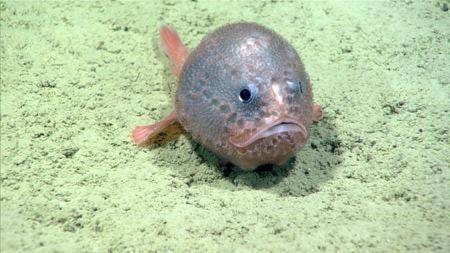HALIFAX — Research scientists are watching with fascination this weekend as a search for rare undersea life is being broadcast live by two remotely operated vessels run by the National Oceanic and Atmospheric Administration off the coast of Nova Scotia.
Already, the footage has provided never before seen images of the eastern slope of the Gully, Canada’s first marine protected area, revealing sea sponges that will require DNA testing to identify and vast fields of deepwater coral.
Ellen Kenchington, a federal marine biologist with the Bedford Institute of Oceanography, says the huge television screen at her command centre in Halifax creates a rare opportunity to observe what’s living on the ocean bottom.
On Saturday, the NOAA research vessel Okeanos Explorer was working in waters of about 350 metres, and at one point viewers were treated to spectacular and frightening tight shots of a huge lobster devouring a squid one tentacle at a time.
On Thursday, the cameras revealed the existence of large fields of bamboo coral at depths of over a kilometre — a sight that Kenchington said demonstrates there are still many things scientists don’t know about the life in the Gully, about 200 kilometres off Nova Scotia’s east coast.
The steep sides of the underwater preserve plunge down more than 2.5 kilometres, creating habitat for a vast range of life — including the endangered bottlenose whales that hunt for squid more than a kilometre beneath the surface.
